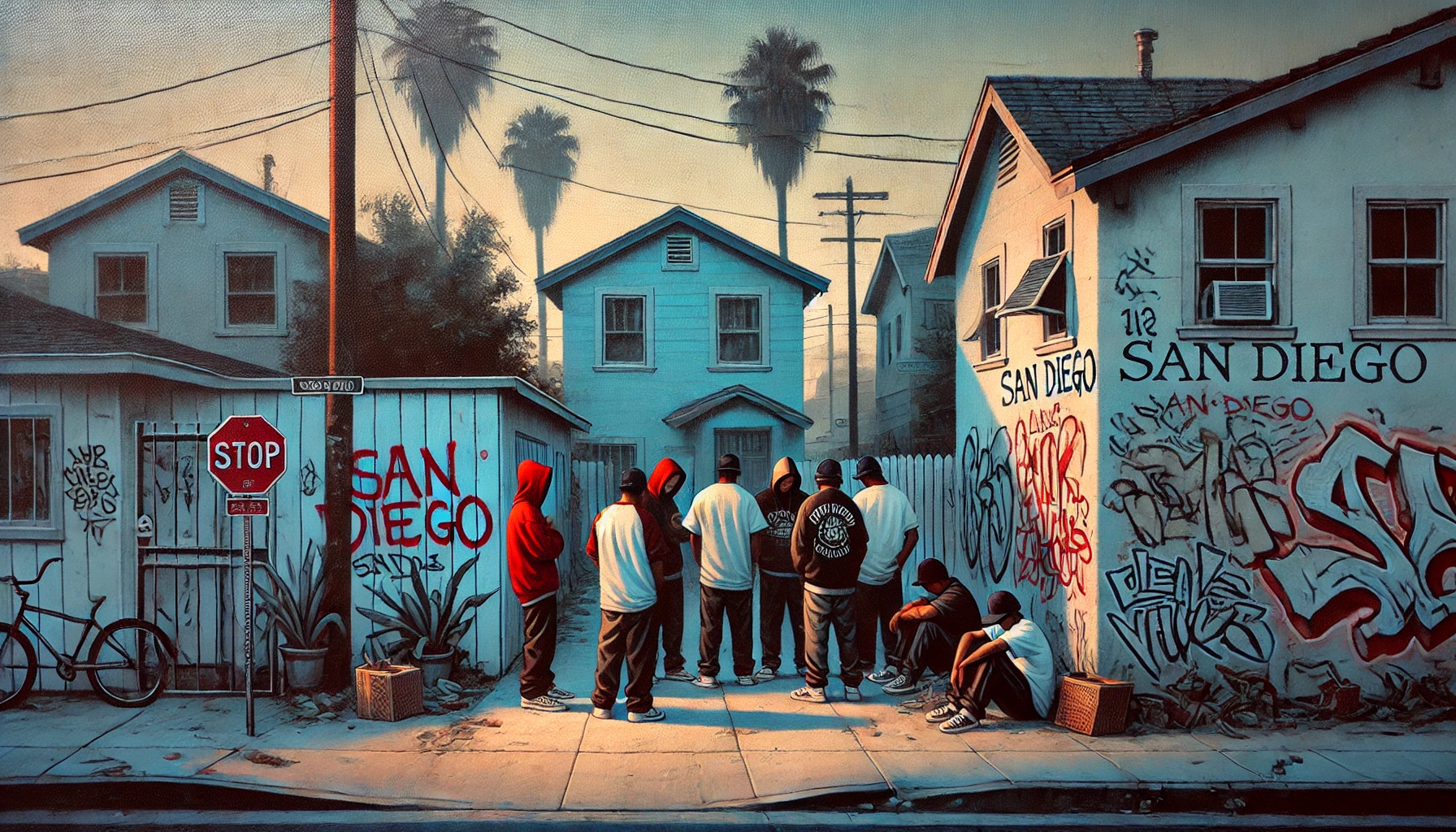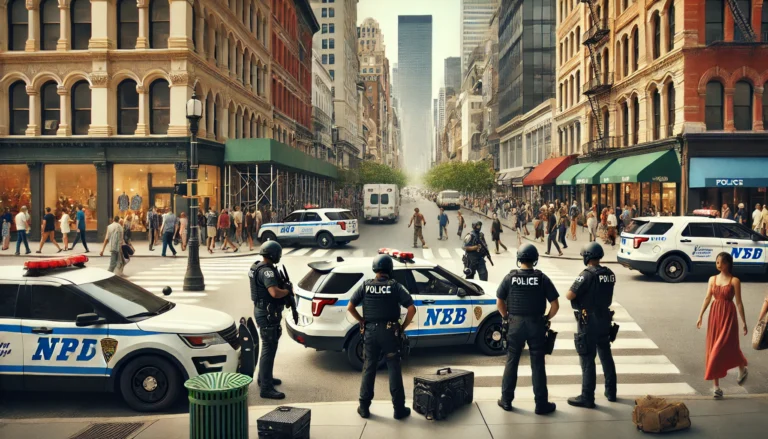Gang Activity on the Rise in San Diego Neighborhoods
San Diego, known for its picturesque beaches, vibrant culture, and diverse communities, has been facing a troubling increase in gang activity. This rise in gang-related incidents has prompted concern among residents, law enforcement, and community leaders. In this comprehensive article, we will delve into the factors contributing to the resurgence of gang activity, its impact on neighborhoods, and the efforts being made to address this growing issue.
Understanding the Rise in Gang Activity
Gang activity in San Diego is not a new phenomenon, but recent trends indicate a significant uptick in violent crimes, recruitment efforts, and territorial disputes among rival gangs. Several factors contribute to this alarming rise:
- Economic Disparities: Economic inequality and lack of job opportunities in certain neighborhoods create an environment where gang involvement can appear as an attractive option for young individuals seeking financial stability and social acceptance.
- Social Media Influence: The advent of social media has provided gangs with new platforms to recruit members, flaunt their activities, and intimidate rivals. This digital presence exacerbates the reach and influence of gangs beyond traditional boundaries.
- Drug Trade: The lucrative drug trade continues to be a major driver of gang activity. San Diego’s proximity to the Mexican border makes it a key transit point for drug trafficking, leading to increased competition and violence among gangs vying for control of the market.
- Family Dynamics: Dysfunctional family environments and lack of parental guidance often push young individuals towards gangs, where they seek a sense of belonging and protection that they do not find at home.
- Law Enforcement Challenges: Limited resources and manpower make it challenging for law enforcement agencies to effectively combat gang activities. Additionally, the complex and secretive nature of gangs requires specialized strategies and collaboration.
The Impact on San Diego Neighborhoods
The resurgence of gang activity has profound implications for the affected neighborhoods. Violence, fear, and instability become everyday realities for residents living in gang-dominated areas. Some of the most significant impacts include:
- Increased Crime Rates: Neighborhoods with high gang presence often experience spikes in violent crimes, including assaults, shootings, and homicides. Property crimes such as theft and vandalism also rise as gangs seek to assert dominance.
- Community Fear: The presence of gangs instills fear among residents, discouraging community engagement and cooperation with law enforcement. This fear can lead to a breakdown of social cohesion and trust within the community.
- Educational Disruption: Gang activity near schools can disrupt the educational environment, leading to decreased attendance, poor academic performance, and increased dropout rates. Schools may struggle to provide a safe and conducive learning atmosphere.
- Economic Decline: Businesses in gang-affected neighborhoods often suffer due to decreased foot traffic, vandalism, and extortion. This economic downturn can lead to higher unemployment rates and further entrench the cycle of poverty.
Efforts to Combat Gang Activity
Addressing the rise in gang activity requires a multi-faceted approach involving law enforcement, community organizations, local government, and residents. Some of the key strategies being implemented include:
- Community Policing: Law enforcement agencies are adopting community policing models that emphasize building trust and collaboration with residents. By fostering strong relationships, police can gather valuable intelligence and gain community support in tackling gang issues.
- Youth Programs: Investing in youth programs that provide education, mentorship, and recreational activities can offer alternatives to gang involvement. Organizations such as the Boys & Girls Clubs of America and local nonprofits play a crucial role in engaging at-risk youth.
- Job Training and Employment Opportunities: Creating pathways to employment through job training programs, internships, and partnerships with local businesses can reduce the economic incentives for gang participation.
- Education and Awareness Campaigns: Raising awareness about the dangers of gang involvement through school programs, community workshops, and media campaigns can deter potential recruits and encourage community vigilance.
- Collaboration with Social Services: Integrating social services with law enforcement efforts ensures that individuals and families affected by gang violence receive the necessary support, such as counseling, housing assistance, and rehabilitation programs.
The Role of the Community
The community plays a vital role in combating gang activity. Active participation and vigilance from residents can significantly contribute to creating safer neighborhoods. Here are some ways the community can get involved:
- Neighborhood Watch Programs: Establishing neighborhood watch groups encourages residents to monitor and report suspicious activities. These programs promote a sense of collective responsibility and deter gang activities through community solidarity.
- Community Clean-Up Initiatives: Organizing clean-up events to remove graffiti, repair vandalized properties, and beautify public spaces can reclaim the neighborhood from gang influence and foster community pride.
- Support for Victims: Providing support to victims of gang violence through counseling, legal assistance, and community outreach can help them recover and reintegrate into society. This support network can also prevent retaliation and further violence.
- Advocacy for Policy Changes: Engaging with local government officials and advocating for policies that address the root causes of gang activity, such as affordable housing, education funding, and social services, can drive long-term change.
Conclusion
The rise in gang activity in San Diego neighborhoods is a complex issue that requires a comprehensive and collaborative approach. By understanding the factors contributing to this trend, recognizing its impact on communities, and actively participating in efforts to combat it, residents and stakeholders can work together to create safer and more resilient neighborhoods.
San Diego gang activity has become a pressing concern, with economic disparities, social media influence, and the drug trade playing significant roles in the resurgence. Addressing gang violence in San Diego requires community policing, youth engagement programs, and economic opportunities to provide viable alternatives. By fostering collaboration among law enforcement, community organizations, and residents, we can effectively tackle gang-related issues and restore safety and stability to affected neighborhoods.
In summary, gang activity poses a serious threat to San Diego’s neighborhoods, but with concerted efforts from all sectors of society, it is possible to mitigate this menace and build a safer, more prosperous community for everyone.





